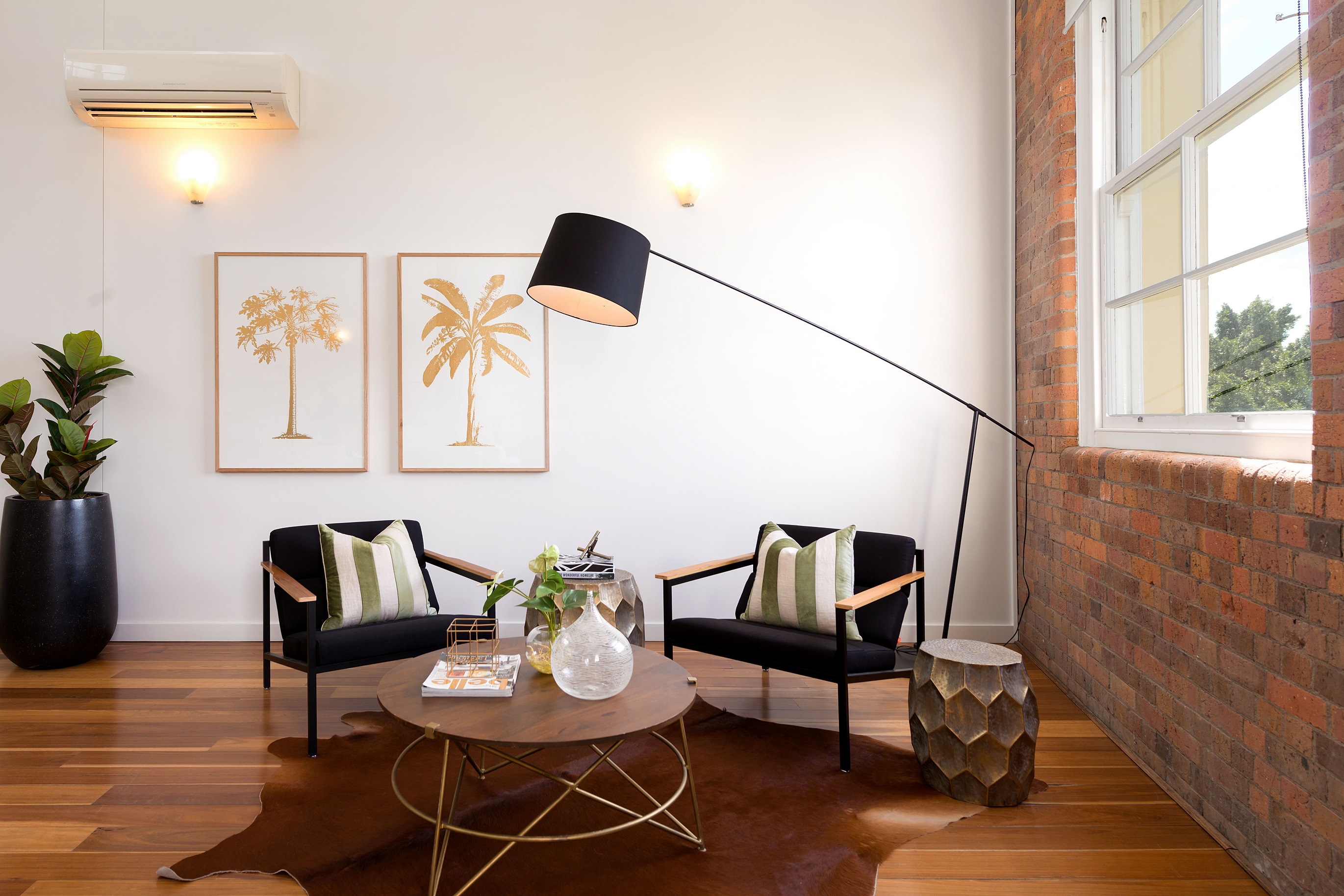THE lure of a luxury lifestyle and a land shortage is driving demand for homes in the Gold Coast’s new hotspot suburbs and increasing their investment appeal.
When it comes to buying property that will pay off in 20 years to come, industry experts say a supply shortage, buyer demand and generational change are the key factors to consider.
Realestate.com.au chief economist Nerida Conisbee said it was difficult to predict which suburbs would experience the highest house price growth two decades from now, but there were factors househunters should consider when looking at where to invest for the long-term.

Burleigh Heads is one of Queensland’s most in-demand suburbs.
Ms Conisbee said buyer demand was often a good indicator of future house price growth.
“It’s not a strict rule, but it does often come down to supply and demand,” Ms Conisbee said.
“So, those suburbs with high levels of search activity (on Realestate.com.au) relative to properties available often see growth.”
Palm Beach, Burleigh Heads and Burleigh Waters are the three most in-demand suburbs in the state’s regions, with many other Gold Coast locations also popular with potential buyers.
Ms Conisbee said suburbs at the southern end of the Gold Coast and in northern NSW would likely continue to increase in demand and benefit from further price growth.
“The Gold Coast has a land shortage so that’s going to keep prices more elevated than on the Sunshine Coast, I’d say, because it has tonnes of land,” she said.
Ms Conisbee also suggested looking at the areas where the younger generation was moving.
“As a general rule, I think it’s wise to look to where young people are moving because they are good predictors of (house price) growth over the long-term,” she said.
In Brisbane, Chandler, Windsor and Gordon Park are the top three most searched suburbs by buyers, according to Realestate.com.au.
Windsor, in the city’s inner north, also recorded the biggest rise in its median house price over the past 20 years — jumping from $183,000 to $1.08 million.
Emma and Chris Mackenzie with their daughter, Chloe, 5, enlisted a buyer's agent to help them find a home in Windsor. Photographer: Liam Kidston.
So keen were Emma and Chris Mackenzie to secure a home in Windsor that they employed a buyer’s agent to help them.
“There definitely was reduced stock during COVID, but as we learnt, properties in the inner north are tightly held,” Mrs Mackenzie said.
“There isn’t a lot of choice for buyers as families stay long-term in these areas for the schools, community and short commute to work.
“There is also the migration pressure from interstate and those returning from overseas due to the pandemic.”
The Mackenzies had been seriously looking for a property in the area for three months before finding a Queenslander family home in Windsor, which is also sought-after school catchment.
“We definitely noticed that it was quite competitive in the sought-after areas, near good schools, public transport and parks,” Mrs Mackenzie said.
Ms Conisbee said buying a house in a blue-chip, inner city suburb (if finances permitted) — even if it was the worst house in the street — would likely also be a good investment for the long-term.
“But who knows? Twenty years from now, everyone might want to live in regional Australia because of COVID-19!” she said.
In fact, Propertyology head of research Simon Pressley believes regional Queensland property markets stand to benefit from the impact of COVID-19.
“From a financial performance perspective, COVID is the final nail in the coffin of apartments right across the board,” Mr Pressley said.
“Several months of COVID-enforced isolation is more than long enough for people to create new habits.
“Moving forward, Propertyology anticipates that there’ll be increased demand for more space, for neighbourhoods with quality outdoor exercise options, smaller mortgages, and a closer connection with nature.”






